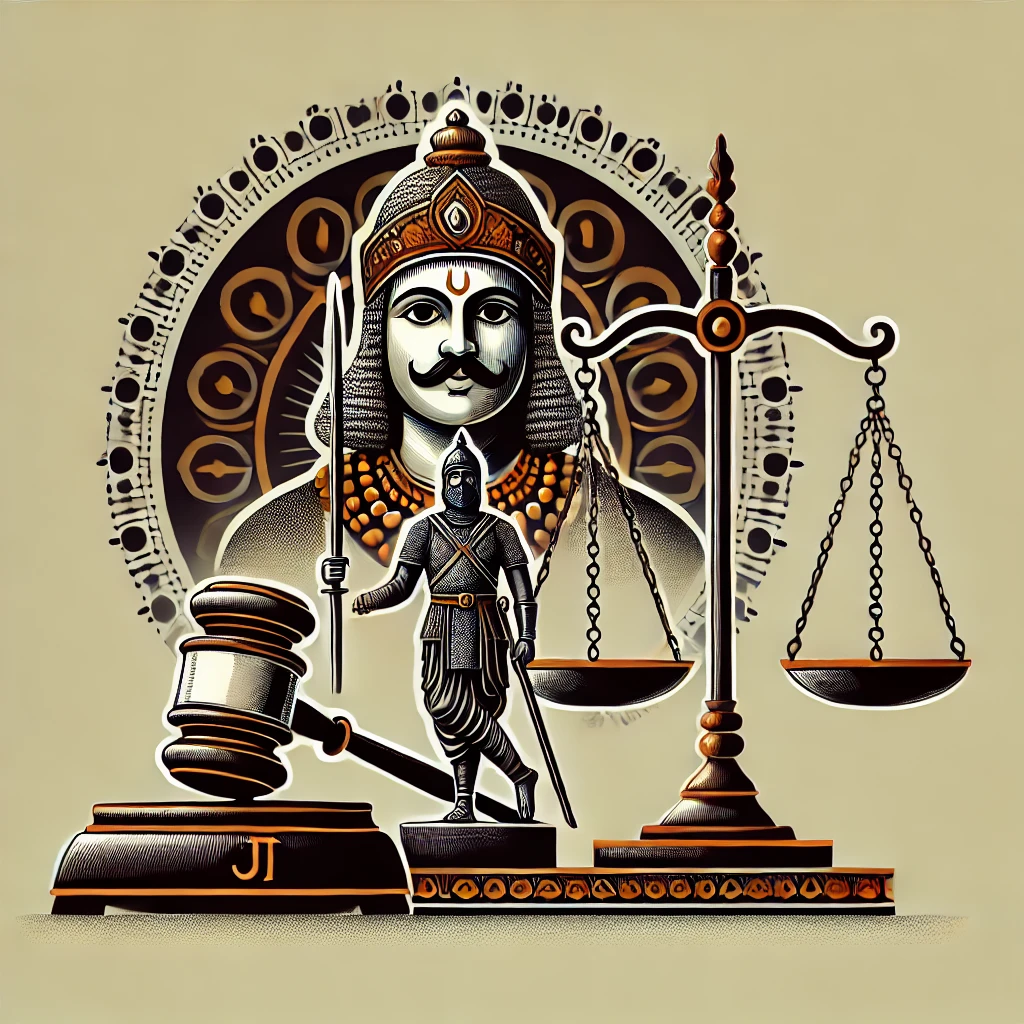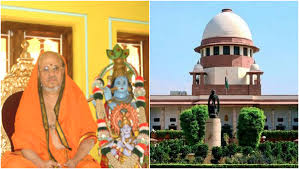Common Cause (A Regd. Society) vs Union of India & Ors.
- ByPravleen Kaur --
- 05 May 2025 --
- 0 Comments
I. Introduction
The judgment pertains to a writ petition filed by Common Cause (A Registered Society) in the form of a public interest litigation (PIL) before the Supreme Court of India. The petitioner highlighted various problems related to traffic and road safety measures and sought directions from the Court to the authorities for taking various measures to control the occurrence of road accidents. [Paragraph 1]
II. Prayers Sought by the Petitioner
The petitioner sought the following reliefs from the Court:
1. To issue directions to the Union of India, in consultation with representatives of various state governments and union territories, to:
1. Set up satisfactory procedures for licensing of vehicles and drivers, ensuring proper training and competence of drivers, and procedures for suspension/cancellation of licenses. [Paragraph 6(i)(a)]
2. Ensure provision of adequate infrastructure on roads, including signs, signals, footpaths, and road repairs. [Paragraph 6(i)(b)]
3. Set up methodologies for scientific analysis of accidents to minimize recurrence. [Paragraph 6(i)(c)]
4. Establish organizations for providing road safety education to all types of road users. [Paragraph 6(i)(d)]
5. Ensure availability of ambulances for immediate shifting of injured persons to hospitals. [Paragraph 6(i)(e)]
6. Set up expert committees in each state/UT and major cities to deal with requirements for minimizing road accidents. [Paragraph 6(i)(f)]
2. To direct the Union of India to formulate a suitable Road Traffic Safety Act to meet the requirements for minimizing road accidents. [Paragraph 6(ii)]
3. To pass any other necessary orders to deal effectively with matters related to traffic safety and minimization of road accidents. [Paragraph 6(iii)]\
III. Court's Observations and Reasoning
Separation of Powers and Judicial Restraint
The Court observed that the prayers made by the petitioner require the Court to give directions of a legislative or executive nature, which can only be given by the legislature or executive. The judiciary cannot encroach into the domain of the legislature or executive, as it would violate the doctrine of separation of powers. [Paragraph 8, citing Divisional Manager, Aravali Golf Course & Anr. vs. Chander Hass]
The Court referred to the seven-judge bench decision in P. Ramachandra Rao vs. State of Karnataka, which held that giving directions of a legislative nature is not a legitimate judicial function. The Court cannot legislate or perform executive functions. [Paragraphs 9-11, 17]
The Court emphasized that while judicial activism can be legitimate, such as giving an expanded meaning to Articles 14 and 21 of the Constitution, laying down new principles of law specifically reserved for the legislature amounts to an illegitimate exercise of judicial power. [Paragraphs 18-20]
The Court noted that it is not equipped with the skills, expertise, or resources to discharge functions that belong to the legislature or executive. Adjudication must be done within the system of historically validated restraints and conscious minimization of judges' preferences. [Paragraphs 21, 50]
Limits of Judicial Activism and Public Interest Litigation
The Court expressed concerns about the misuse of Article 21 of the Constitution to justify every kind of directive or claim by the petitioner. Article 21 is not a "brahmastra" (ultimate weapon) for the judiciary to grant every claim. Futile writs should not be issued by the Court. [Paragraphs 37, 39]
The Court acknowledged that while the judiciary can make suggestions or recommendations to the legislature or executive, these cannot be binding, as it would violate the principle of separation of powers. The judiciary must exercise judicial restraint and not perform executive or legislative functions. [Paragraph 53]
The Court cautioned that the view that the judiciary can solve all problems of the people is unconstitutional and fallacious. It creates a false impression that the judiciary is a panacea for all ills in society. The problems facing the nation are so massive that they can only be solved by the people themselves using their creativity and scientific thinking, not by relying on judicial crutches like PILs. [Paragraphs 54-56]
The Court expressed concern about the increasing trend of frivolous and vexatious PILs, which have become a nuisance, threatening to choke the dockets of superior courts and obstructing the hearing of genuine cases. PILs have largely become "publicity interest litigation," "private interest litigation," "political interest litigation," or "paise income litigation" (litigation for monetary gain). [Paragraphs 59-60]
Specific Observations on Road Safety and Motor Vehicles Act
The Court observed that the Motor Vehicles Act is a comprehensive enactment on the subject of road safety. If there is a lacuna or defect in the Act, it is for the legislature to correct it by a suitable amendment, and not for the Court to amend the law. [Paragraph 24]
The Court noted that there already exists a Road Safety Council as contemplated by Section 215 of the Motor Vehicles Act, which has been considering suggestions and measures regarding road safety. [Paragraphs 31, 35] The Court stated that the directives sought in the petition require the expertise of administrative and technical officials, apart from financial resources. These are highly technical matters to be dealt with by administrative and technical authorities who have experience and expertise in the matter. [Paragraph 43]
The Court observed that Chapter VIII of the Motor Vehicles Act, 1988, has provisions for control of traffic, including fixing speed limits, restricting certain vehicles, erecting traffic signs, and other road safety measures. If further provisions are required, the petitioner may approach the legislature or concerned authority, but the Court cannot amend the law. [Paragraph 52]
IV. Conclusion
The Court dismissed the writ petition, concluding that the prayers made by the petitioner require the Court to give directions of a legislative or executive nature, which is not a legitimate judicial function. The Court emphasized the importance of judicial restraint and the doctrine of separation of powers, cautioning against the judiciary encroaching into the domains of the legislature or executive. [Paragraph 61]
Justice H.K. Sema, while agreeing with the conclusion to dismiss the petition, dissociated himself from certain observations made by Justice Markandey Katju regarding doubts about the jurisdiction of the Court in entertaining PILs. Justice Sema emphasized that if there is a buffer zone unoccupied by the legislature or executive, which is detrimental to public interest, the judiciary must occupy the field to subserve public interest. Each case should be examined on its own facts, and a blanket bar on PILs should be avoided. [Paragraphs 4, 9-10]






























0 comments